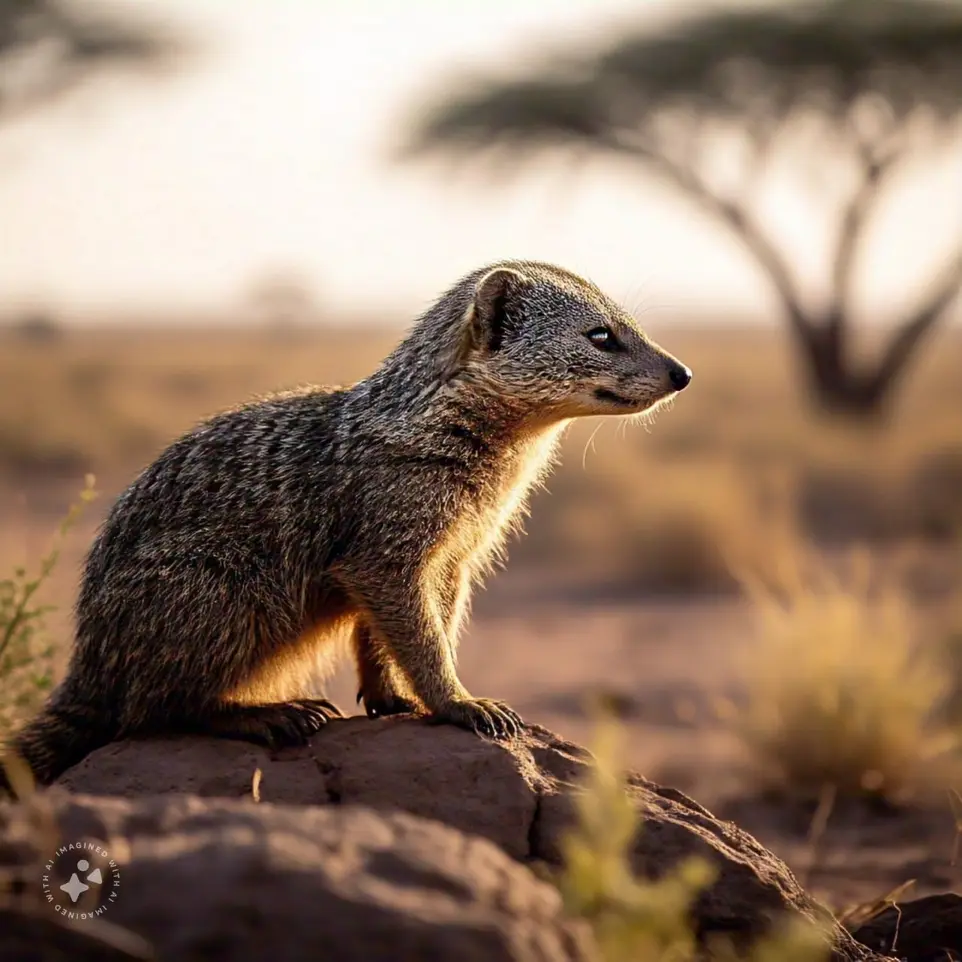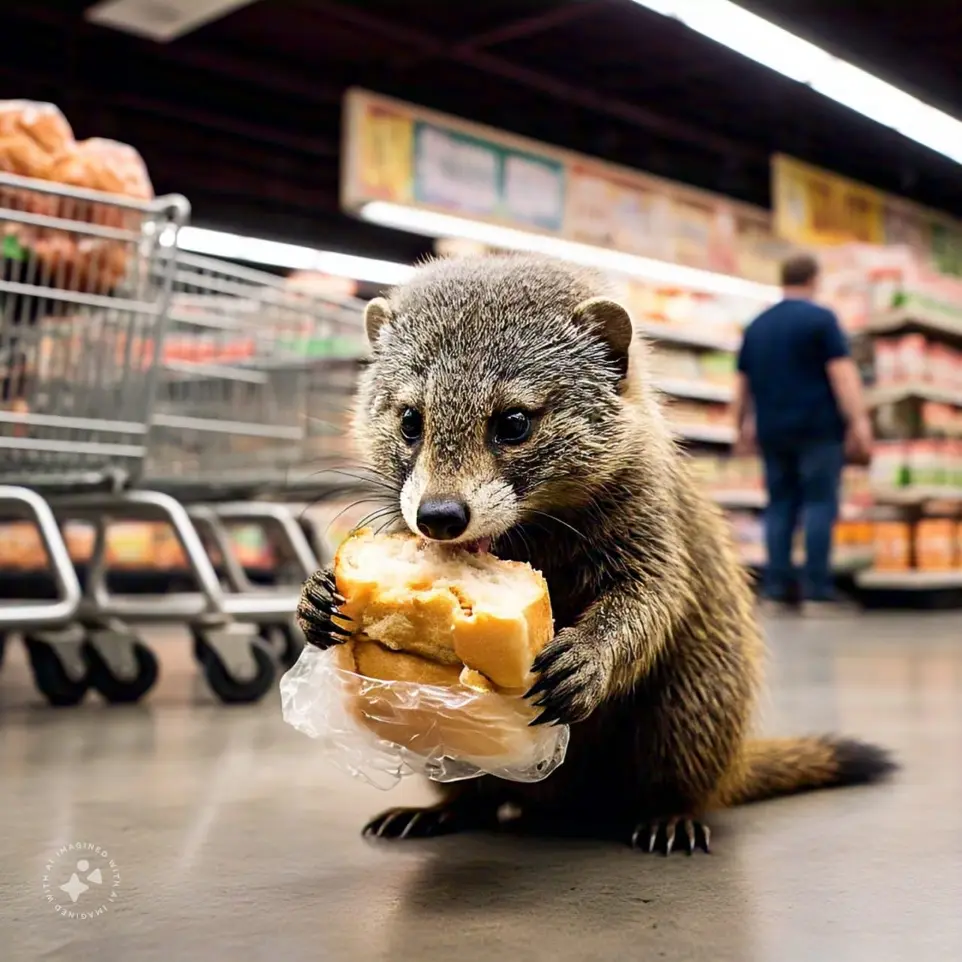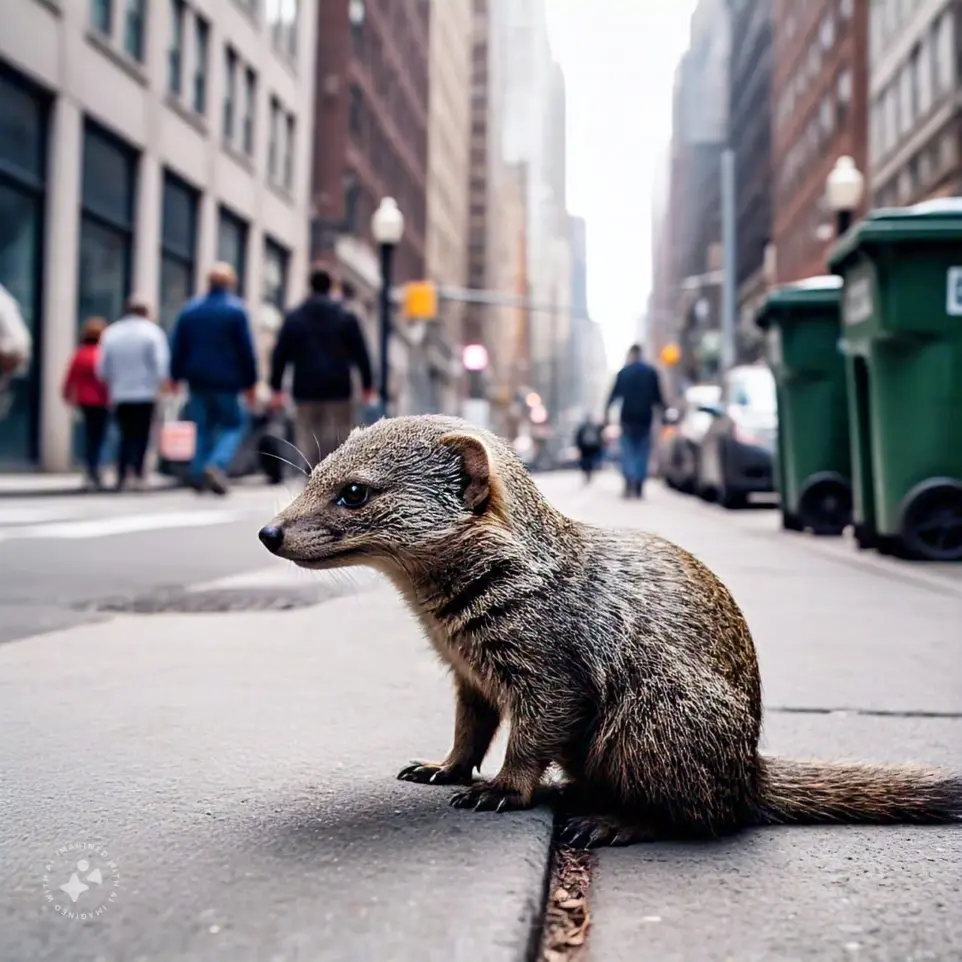Fearless Guardians: Keep Your Space Safe with Expert Mongoose Solutions!

Mongoose (Herpistidae)
Size: 12–30 inches (30–76 cm) depending on species
Weight: 5–12 pounds (2.3–5.5 kg)
Eyes: Small, sharp, and alert
Snout: Long, narrow snout for hunting purposes
Eyes: Small, sharp, and alert
Snout: Long, narrow snout for hunting purposes
- Agile climbers and fast runners
- Long, slender body with short legs and a bushy tail

Feeding Preferences
Mongooses are opportunistic feeders with a varied diet, allowing them to adapt to different environments. In commercial or industrial areas, they typically seek out small animals, insects, and birds. They are skilled hunters, preying on pests that may contaminate goods or compromise facilities. They will also scavenge for leftovers or discarded food, especially in areas with easy access to waste or stored materials. Their strong hunting instinct and diet flexibility make them valuable for controlling pest populations but can lead to challenges if they enter areas with human activity and access to food supplies.

Habitat
Mongooses are highly adaptable creatures that seek shelter in safe, concealed areas close to resources. In commercial or industrial spaces, they are often found in hidden spots such as storage areas, under heavy machinery, or near piles of debris. They prefer areas that provide protection from human activity and predators while offering easy access to food sources. They can also be spotted near openings or entryways leading to facilities, especially where waste or small animals are readily available. Their presence in these areas allows them to hunt pests and scavenge for discarded materials when opportunities arise.

AIR Approach for Mongoose:
- Assess: Inspect your property for signs of mongoose activity, such as burrows, droppings, tracks, and damage to structures. Focus on areas where food might be accessible, such as pet food storage areas or garbage bins, and assess the severity of the infestation.
- Implement: Use targeted control methods such as traps or professional wildlife control services to capture and relocate mongooses. Secure food sources by storing pet food and garbage in sealed containers, and reinforce potential entry points to prevent mongooses from entering buildings.
- Review: Regularly monitor your property for signs of continued mongoose activity and make adjustments to control methods as needed. Continue preventive measures such as maintaining cleanliness, securing food sources, and reinforcing potential entry points to prevent future infestations.
Frequently Asked Questions
Mongooses are natural predators and hunt small animals, rodents, and insects, helping to reduce unwanted populations in their habitat.
Mongooses are generally not aggressive toward humans unless threatened or provoked.
Their diet includes small mammals, birds, reptiles, and insects, as well as scavenging for food waste.
Most species are solitary, though some species exhibit group behaviors during hunting or in nesting situations.
Yes, mongooses are highly adaptable and can survive in urban spaces where food and shelter are readily available.
They are quick runners, excellent climbers, and skilled fighters, often using their speed and agility to evade threats.
Yes, by preying on rodents and other small animals, they help regulate pest numbers, preventing overpopulation.